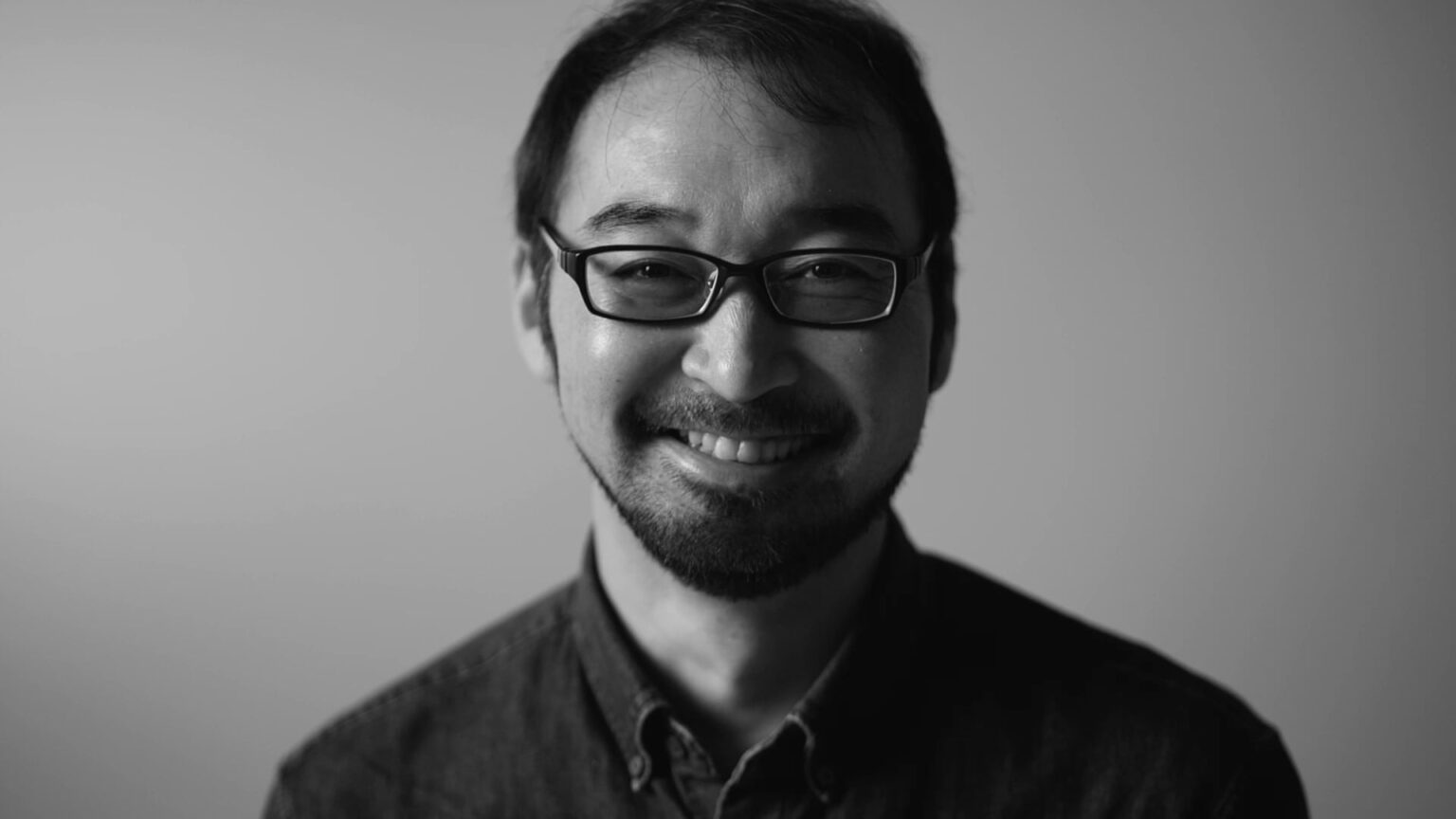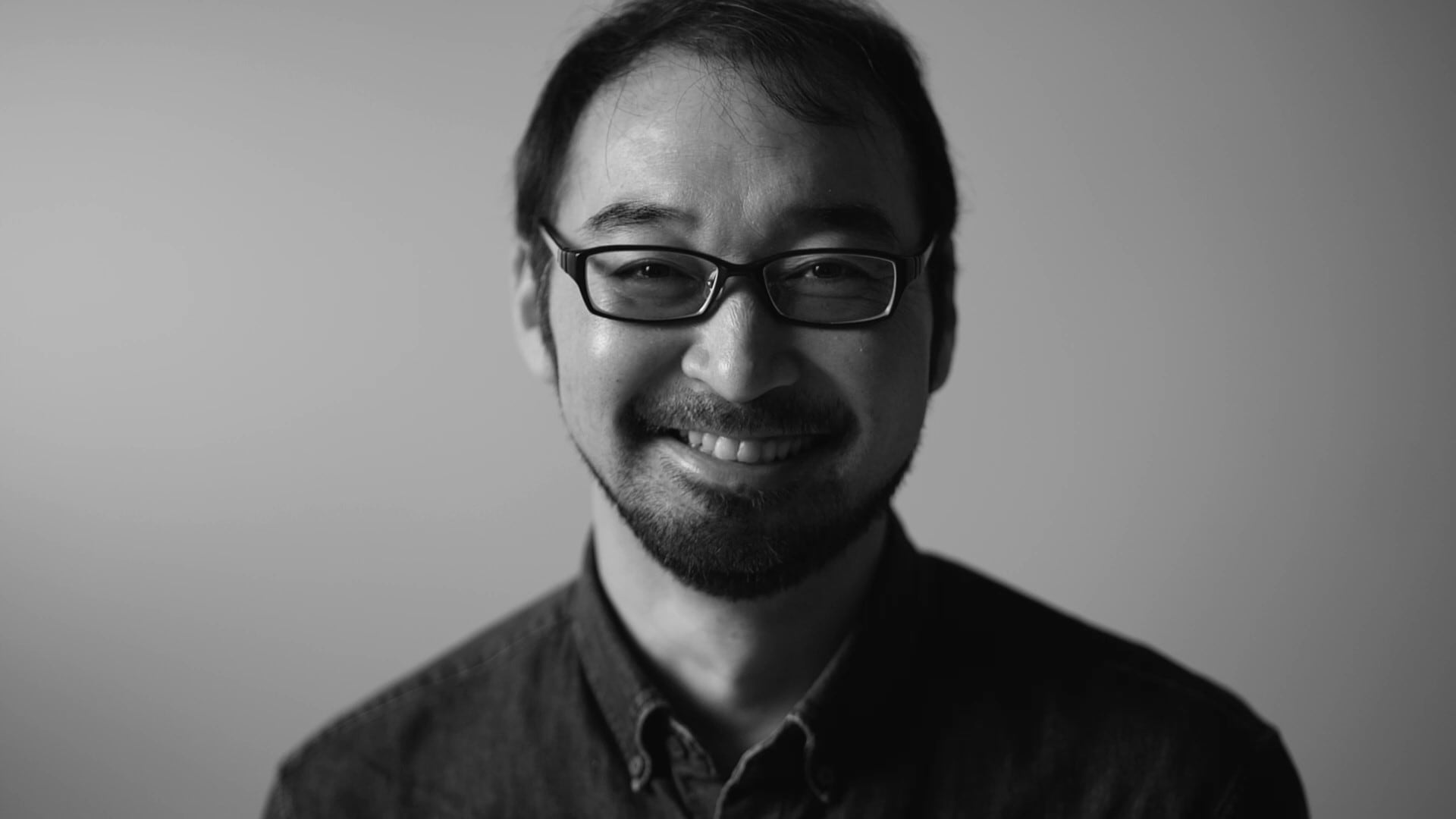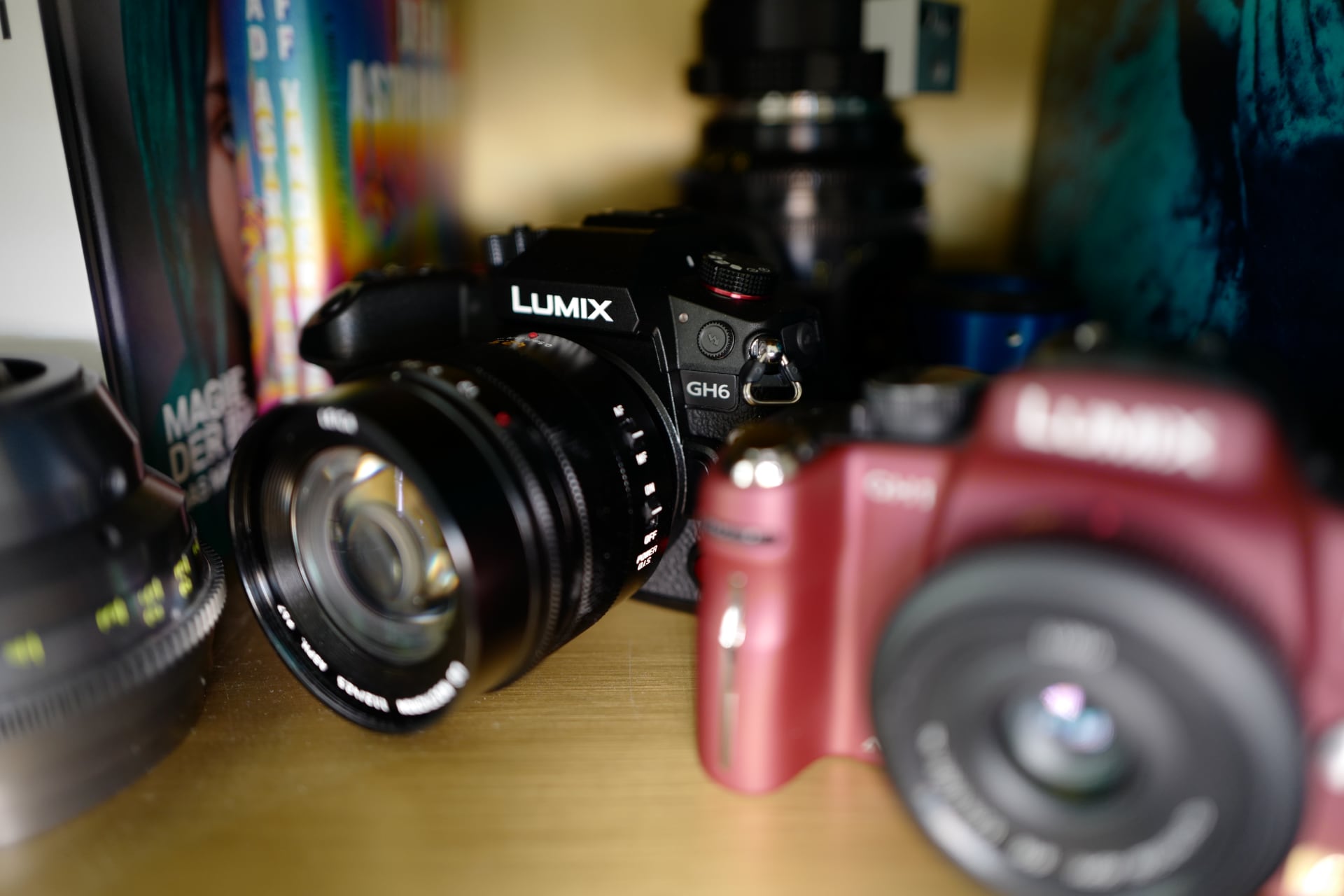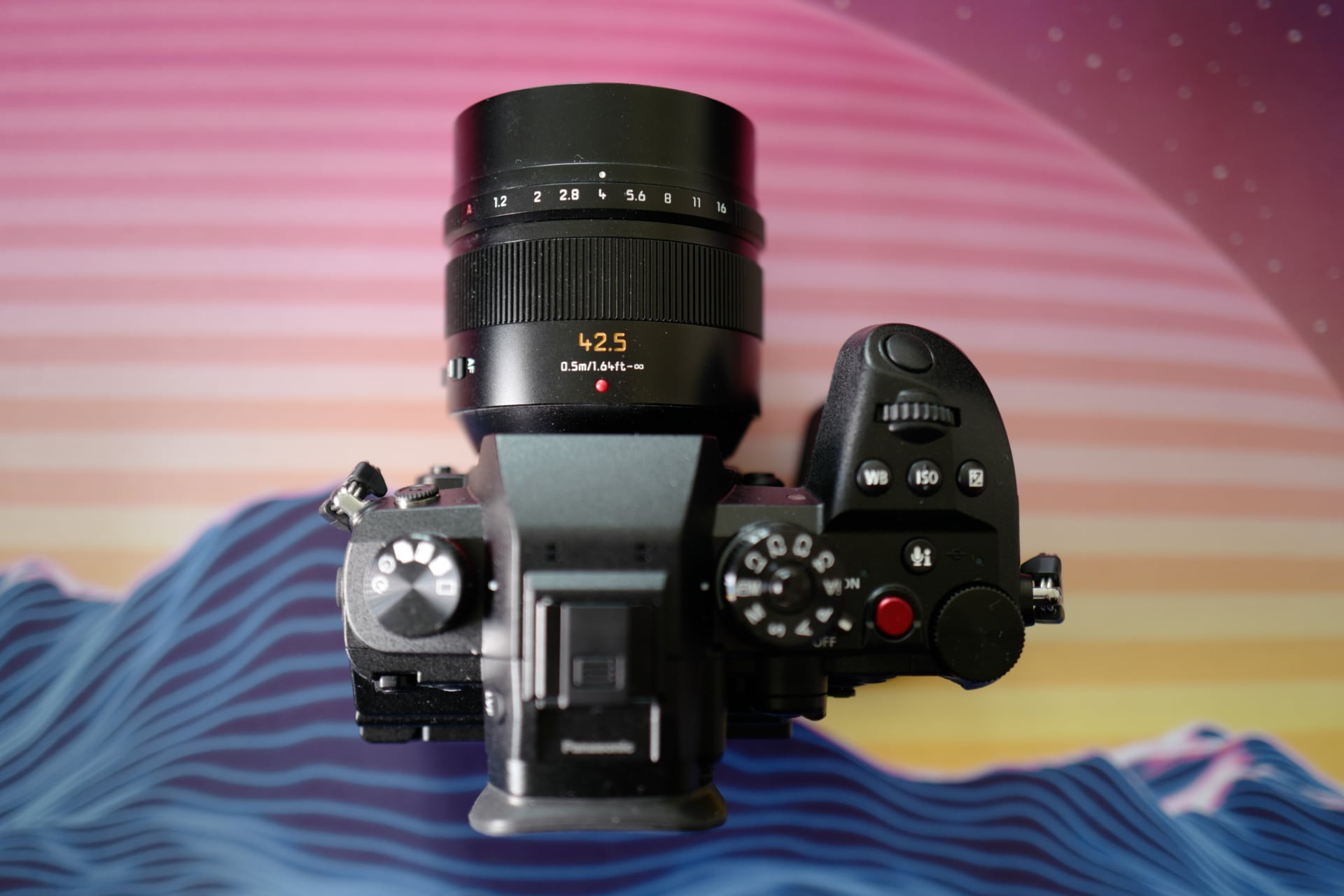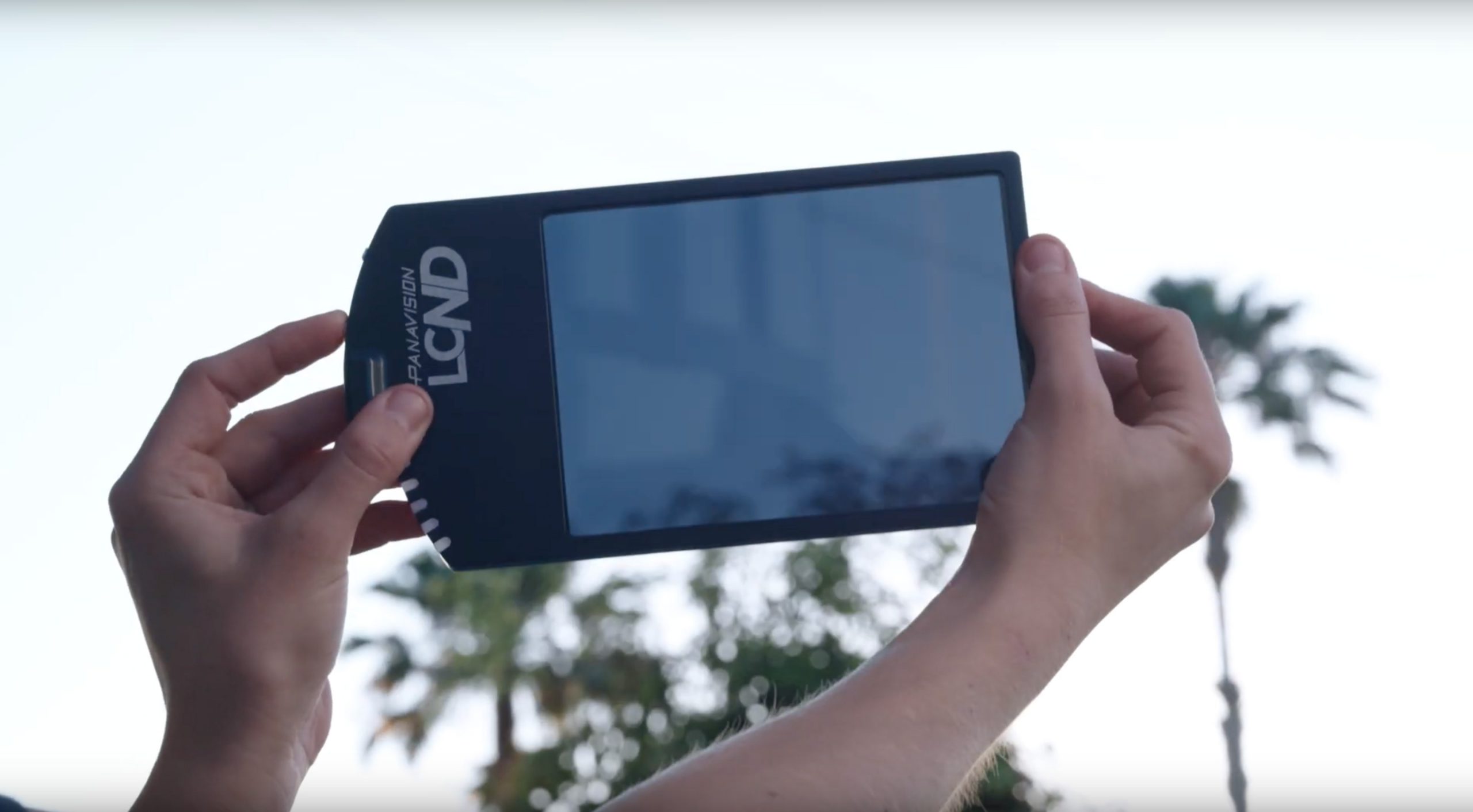Masanori Koyama joined Panasonic in 2002. After a career as a hardware engineer, Koyama san is currently in charge of product planning for LUMIX in Imaging Business Unit in Japan. He has been in charge of product planning for a wide range of Lumix cameras from compact cameras in the TZ, FX and FZ series, to the mirrorless camera line of GH series and the full-frame Panasonic S1H.
I asked Koyama san 10 questions about the Panasonic GH6. Here are his answers:
Andrew Reid: Koyama san, thank you for the Panasonic GH6. As a product planner, I assume your job is to decide which features are included in the camera? In general, how do you approach this, and how has the target customer changed since the Panasonic GH1?
Koyama san: Thank you very much for your patience. I am relieved to finally be able to release the GH6. Five years have passed since the GH5, but the basic concept of the GH6 was actually started immediately after the release of the GH5. The GH5 was patronized by many creators, and we were able to come into contact with many different workflows. Specifically, we visited the shooting sites of creators from all over the world and approached the insights in the interviews. And we did this repeatedly. During that process, I once again felt that the creator’s imagination and inquisitive mind are endless.
https://vimeo.com/9176830
Above: Where it all started for EOSHD, with the Panasonic GH1 in Taipei, Taiwan
In order to respond to these, we developed the GH6 under the theme of “a camera that enables new video expressiveness”. Compared to GH1, the target user area has expanded considerably. The GH1 released in 2009 was targeted at family use as an interchangeable lens camera that can take both stills and videos. However, in retrospect, I think that the moment, when the image with a shallow depth of field started to move in the GH1, that was the beginning of today’s creative use case.
When the GH1 was released, a person from a certain NLE maker said something like this. “Take responsibility! You have created an era where now anyone can take such moving pictures. Please continue to respond to the upcoming requests from now on. The world of video production has changed dramatically.”
https://vimeo.com/32520456
Above: Tokyo shot on the Panasonic GH2, now a decade ago
Since then, many needs have really begun to gather. All of a sudden, GH1 and GH2 were compared to cameras with 4 times the sensor size in the market. Around that time, applications such as Web commercials, documentaries and weddings began to appear, and we evolved features such as frame rate, bit rate, 4K resolution, and 4: 2: 2 10bit in the GH series. We have responded to these needs. Now, the applications have expanded to include promotional videos, commercials, short films and documentary films, and there are more opportunities to choose YouTuber equipment. GH6 was developed with the aim of “a camera that allows you to try a different image expression than others” in these fields.
Andrew Reid: How much collaboration is there at Panasonic between the camera planners and lens planners?
Koyama san: The two are closely cooperating and collaborating with each other. Interchangeable lenses are not intended to simply expand the focal length lineup, but we are strongly trying to expand them to maximize expressiveness in each unique camera body use case. And in terms of performance, in order to pursue the dignity and usability of images and depictions, we are repeating consultations between the two every day. The seats are next to each other, so it’s very easy to work together. For example, MTF and various aberration suppression to maximize the resolution performance of the body, focus breathing suppression and focus ring angle control are easy-to-understand examples. Of course, there are also image stabilization and of course the system balance when the lens is mounted. By continuing a mutual dialogue in various situations, including these, I think we can continue to develop unique interchangeable lens systems that match the body of both mounts.
Andrew Reid:: I believe there is a long tradition in Japanese engineering for powerful features that fit into a small casing. This has been behind all of the successful consumer products from Japan. The Panasonic GH6 feels more in this spirit, like the original GH1 – it feels like a “Mini S1H”. What is the current trend in the camera industry overall – regarding the size of cameras and lenses?
Koyama san: As a trend in the industry, I feel that there is an increasing tendency to “require the image expressiveness of high-end cameras for small-sized cameras in order to broaden the range of image expression.” Also in the area of professional cameras miniaturization is progressing, while in the area of small cameras, such as mirrorless cameras and BOX type camera, models that support more than 4K resolution for 4K class high frame rate, flexible trimming and down-conversion editing, as well as CODEC with low compression and high information content for editing, are being created one after another.
Behind this are efficiency, labor saving and speedup at the shooting site, and I think the market has begun to recognize that even a small camera of a certain size, such as a mirrorless camera, can provide sufficient quality with one-man shooting. Of course, the smaller is not necessarily also the better. Handheld performance and operability will be necessary for stable shooting, but if high image expressiveness is added to that size, it will open up the flexibility of framing to the creator. GH6 was developed with a strong commitment to that point.
With the evolution of the recording modes, the heat source of the camera includes not only the engine and sensor but also the newly adopted CFexpress card, and it was an extremely challenging effort to fit it in this form factor. However, by making various improvements to our original heat dissipation simulation and the active cooling system installed in the full frame camera S1H, we were able to achieve the same size as the GH5 in front view. In this respect, I think the “Mini S1H” is a very relevant name.
Andrew Reid: What does Panasonic think about internal BRAW recording? Does it require special hardware, or could Panasonic make their own “Panasonic RAW” codec? What formats can the GH6 record to USB C SSD – is RAW possible that way?
Koyama san: Unfortunately, at the start of mass production, in-camera RAW recording is not installed. Also, we are still at the stage of researching various possibilities for this, so unfortunately we cannot answer all of them. Of course, we are fully aware of the expectations for in-camera RAW recording in order to be closer to the flexibility of post-production of creators. I think you can feel that from the fact that we realized Apple ProRes RAW, which we have continued to collaborate with Atomos, and BRAW, which we have collaborated with Blackmagic Design. First of all, DCI 4K120p RAW cooperation with Atomos NINJA V +, which has already been announced, will be realized in the near future. On the other hand, we will continue to consider various approaches to RAW.
Andrew Reid: What is the feedback in relation to DFD autofocus from video users and are there any new improvements to the system on the GH6 since the Panasonic GH5 and S5? Does the new sensor feature phase-detect autofocus pixels?
Koyama san: We see AF as a point to be strengthened in the development of GH6 and have been considering all possibilities including PD for a long time. However, at the timing of this GH6 we took the best balance of technical elements, such as “image quality level that can be provided” and “degree of evolution of AF technology by new engine”, as well as “development timing that can be provided to customers” and “price”. As a result, the GH6 does not use the PD method, but it has evolved from the conventional model due to the evolution of AF technology possessed by the new engine installed.
In particular, we have thoroughly evolved the performance of the subject recognition algorithm. In the new generation engine the detection speed of the subject has been greatly increased, and the evolution of the automatic recognition algorithm has led to improved accuracy of the recognition system, such as “face / pupil recognition”, “head recognition” and “human body recognition”, that captures distant and small subjects.
Furthermore, the shooting intention is automatically determined from the angle of view, and it has been improved to keep focusing while suppressing the background omission. In addition, the contrast and DFD performance of the GH6 is significantly improved from the GH5 and S5 thanks to the significant enhancement of the processing capacity of the new engine. For the future, LUMIX continues to explore the possibilities of all methods, including PD. We believe that what is important is to continue evolving toward more practical AF performance, and we will continue to make efforts to improve AF performance from various approaches.
Andrew Reid: What are the challenges in making an internal ND filter fit inside a mirrorless camera? Besides, with new sensor technologies, is it possible to have very low ISOs to simulate the effect of an ND filter? How about recreating the look of 180 degrees motion blur with frame blending or special image processing?
Koyama san: The quality of the image sensor is most ideal when there is no physical filter, it is also necessary to pay attention to the MTF characteristics when using the filter, and above all, you have to worry about the evacuation space when not using the filter, since it is not good to impair the mobility of the mirrorless camera. In that case, I think it is very natural to think that you can break through with the approach of computational photography. However, I feel that more time is needed for research in order to generate natural motion blur in real time while maintaining image quality. For this, I would like to continue to consider various approaches.
Andrew Reid: On the GH6 it’s great to see ProRes but it only works in 5.7K mode. There is no option for 4K or lower bitrates under 1.1Gbps (such as 422 LT). Is this a limitation of the encoder or a purposeful design decision?
Koyama san: At the start of mass production, we prioritized the provision in the highest resolution mode from the viewpoint of development resources and started mounting from 5.7K. On the other hand, at the time of product announcement of GH6 we declared that we will add ProRes mode of DCI 4K and FHD in a future firmware update. We will provide these modes in the near future, so I would appreciate it if you could give us some time.
Andrew Reid: Does Panasonic sense any demand for a slightly larger screen on the back – for example increase from 3.2 inch to 4 inch?
Koyama san: Certainly, some customers are asking us to increase the size of the LCD, but I think what is important is the monitor size, monitor range of motion, avoidance of cable interference, grip holding, layout of the parts for direct operation during shooting, the weight balance when the lens is attached, and finally whether these factors can be achieved with the best size balance. Regarding this point, I would like to continue to discuss this within the company as a future direction, while paying close attention to changes in the shooting style of our customers.
Andrew Reid: Does Panasonic sense any demand for another Panasonic anamorphic adapter? (The old one, LA7200, is still very popular!)
Koyama san: Yes, I do feel that there is a certain need for an adapter, but even at a first glance it seems easy, it is actually quite difficult, while maintaining the image quality required today, to keep the compatibility with the optical performance of many interchangeable lenses, and moreover, to control the taste of those anamorphic lenses.
However, the 4: 3 mode is one of the unique features of LUMIX, and the GH6 not only makes it 5.8K, but also has a full range of assist functions, such as anamorphic de-squeeze display. While the number of anamorphic lenses made by other companies is increasing, we will continue to consider what kind of value LUMIX can provide while paying close attention to the needs of our customers.
Below: The Panasonic LA7200 was a very underrated anamorphic adapter, working with a huge range of lenses if you stopped down to F4 or 5.6. It was well matched to Micro Four Thirds despite being designed originally for the small sensor DVX100. One of my fondest memories of the Panasonic GH2 was with shooting with this lens in the abandoned and lonely Spreepark, Berlin in the early 2010s.
https://vimeo.com/22806106
Andrew Reid: The Panasonic GH6 features an innovative dual ISO readout in a high dynamic range mode. How many stops dynamic range is the increase compared to the standard sensor output, and I assume there is less noise in this mode? Is it best to use this in only bright light where a high dynamic range is demanded, or can it work well for low light shooting too?
Koyama san: If I answer based on V-Log, when the dynamic range boost is ON, the highlight clip will go up by about 1 stop compared to when it is OFF, and as you say, noise will be reduced. From the viewpoint of gradation and SN, it is the base sensitivity when the dynamic range boost is ON that gives the best depiction of GH6. I think that we have reached the point, where we can provide an excellent output that goes beyond the imagination of our fans who have used MFTS and the GH series so far. And I think the GH6 reached a level that also users of other formats will feel the potential of MFTS, so I hope you can experience it.
Thank you Mr Koyama San for the interview



